Movie production is on its way to repeating history
Back in the Golden Age of Hollywood, five major movie productions controlled everything, and modern production is beginning to mirror what once was
While The Big Five were broken down, these movie production companies still remain at the top of the industry today.
From the early 1930s to late 1960s, the Hollywood film industry boomed, largely due to the introduction of sound films (commonly referred to as “talkies”). This era was known as the Golden Age of Hollywood, and resulted in classics like Gone With the Wind and Citizen Kane.
But behind these films were massive production companies known as The Big Five: 20th Century Fox, Paramount, RKO, Metro-Goldwyn-Mayer, and Warner Bros. Together these companies defined the Hollywood studio era, controlling every aspect of the film industry.
These film studios were vertically integrated, meaning they were responsible for production, distribution, and exhibition of their movies. Actors didn’t work per movie, they worked for the studio. They signed contracts and received yearly salaries. Additionally, studios owned the theaters and controlled what was shown there.
Another notable aspect of this era was the formulaic nature of the films produced. Films were made as efficiently as possible, focusing very little on artistic value and more so on making money and pumping out as many movies as possible.
While this era produced some absolutely classic films that strayed from the formula, there are countless movies from the Golden Age with the same story, different setting. Boy meets girl, boy saves girl, happily ever after.
Of course, The Big Five didn’t last. These production companies got so large, they became what could be considered monopolies. The government intervened, and in Supreme Court case United States v. Paramount The Big Five got broken down.
Despite large, vertically integrated movie production companies being deemed unlawful, history seems to be repeating itself. Could we not make the argument that Disney is bordering a monopoly?
Disney’s gross annual income was over 28 billion in 2022. They may not have contracts for their actors or own the theaters their movies are shown in, but Disney has the modern day equivalent: streaming services.
Of course, it’s not just Disney. Amazon, Netflix, HBO — they now dominate the TV and film industry. However, Disney is the most notable example, not only because of the sheer size of the company, but also because they seem to have adopted the formula.
It’s in a more subtle way, no one is claiming that Pixar and Star Wars are telling the same story. But, if you look at the subsidiaries of Disney in isolation, you see that all the movies have become the same thing, over and over.
For Pixar, it’s “what if ____ had feelings?” For Marvel, “What if the world/the galaxy/the universe was in danger and the only thing that can save it is magical powers and teamwork?” And of course, they must throw in some witty one-liners to make the characters loveable and relatable.
It’s simple and easy to consume media that doesn’t require thinking. And there is a time and place for those types of films. They can’t all be dark and mind bending. But it’s become the same movie, over and over again. All these production companies pump out as many movies as possible and make as much money as they can.
Excessively large movie production companies lead to a stale movie industry.
It’s happened once before, and government intervention was the only thing that stopped it. But will it happen again?
Your donation will support the student journalists of Mead High School. Your contribution will allow us to purchase equipment and cover our annual website hosting costs.

Natalie is a senior, and though this is her second year on The Mav, it is her first year as Copy and Design Editor. She enjoys painting, watching movies, and reading. She aims to further improve her writing and learn new elements of journalism this year.

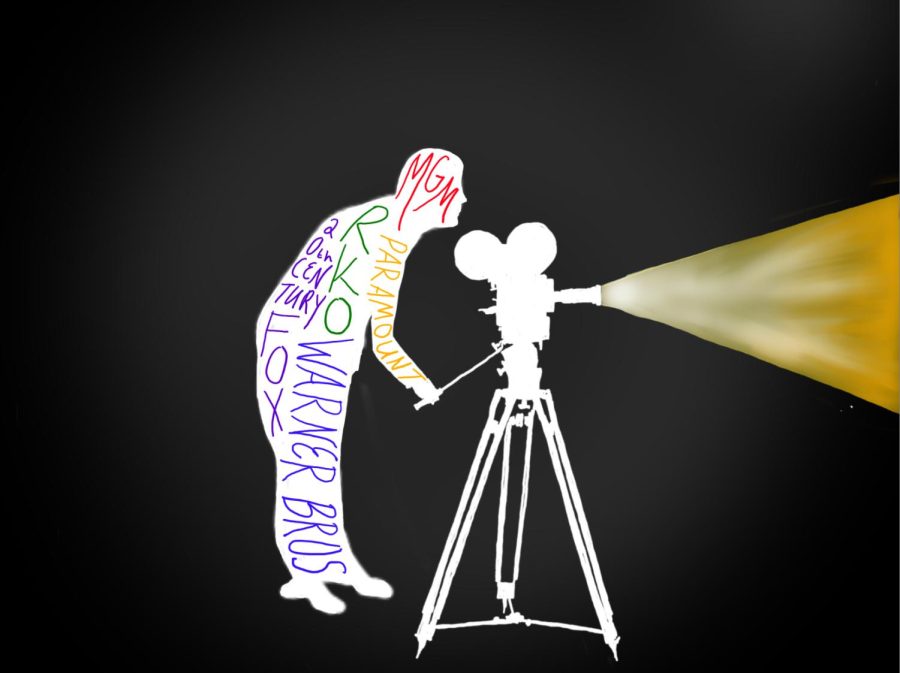

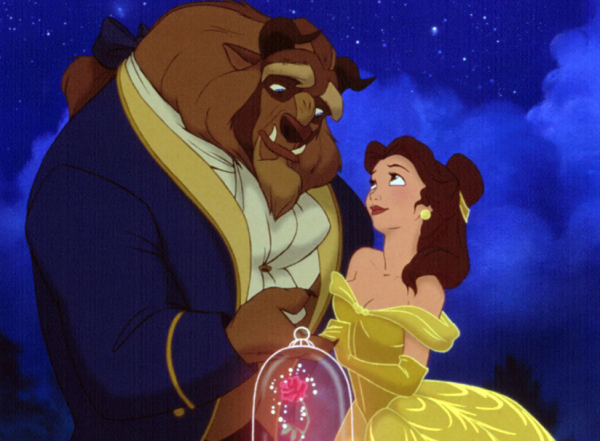



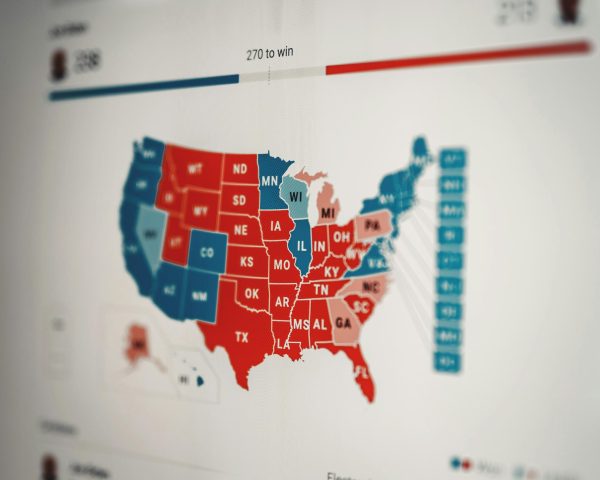
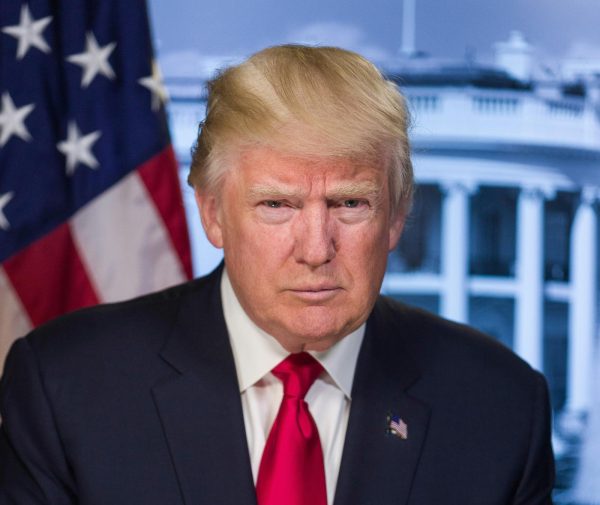
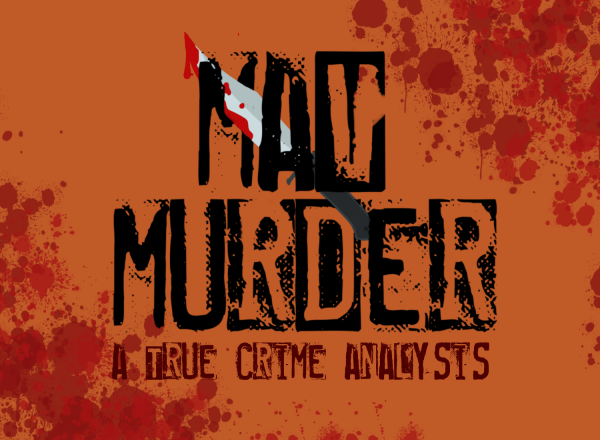






Melia • Mar 31, 2023 at 8:07 am
This is an interesting topic to talk about, and I agree completely. It’s like a fridge with a ton of food but nothing good to eat.
Arizona Lee • Mar 31, 2023 at 8:04 am
this is so well written, and I totally agree…we’re headed towards our film industry being monopolized!